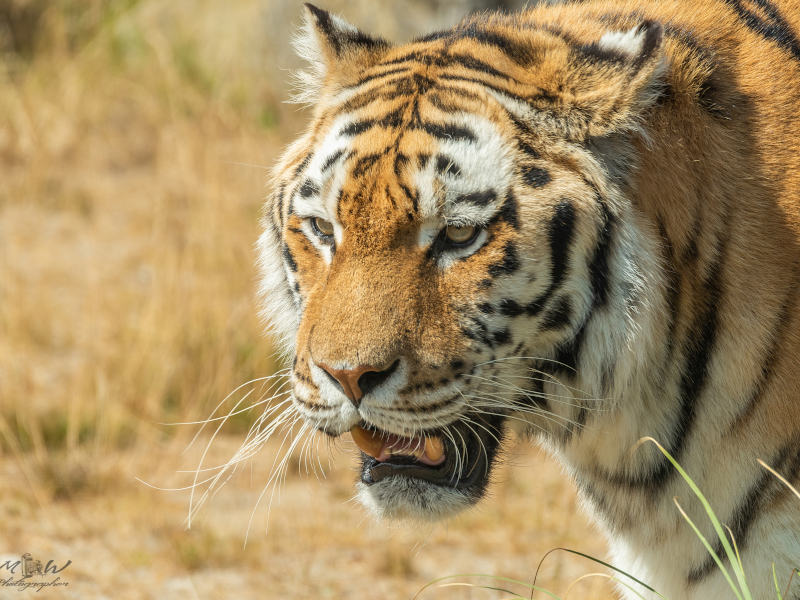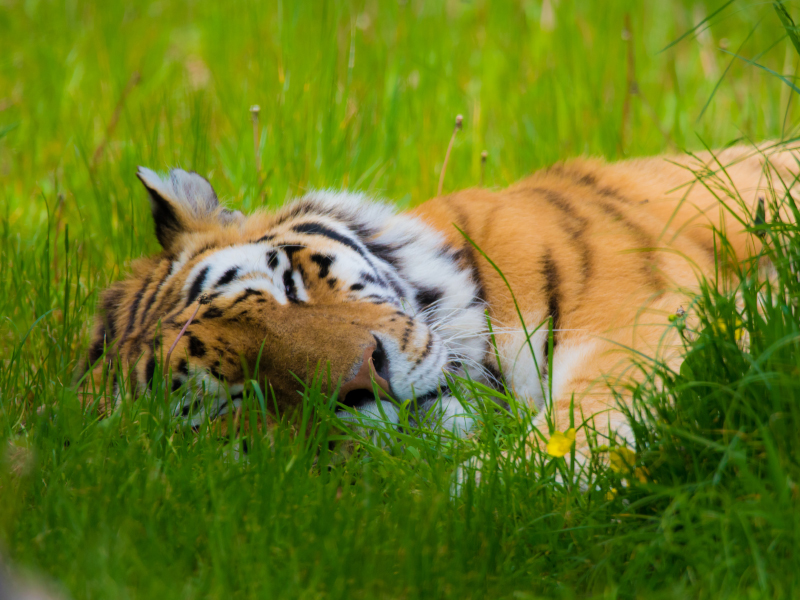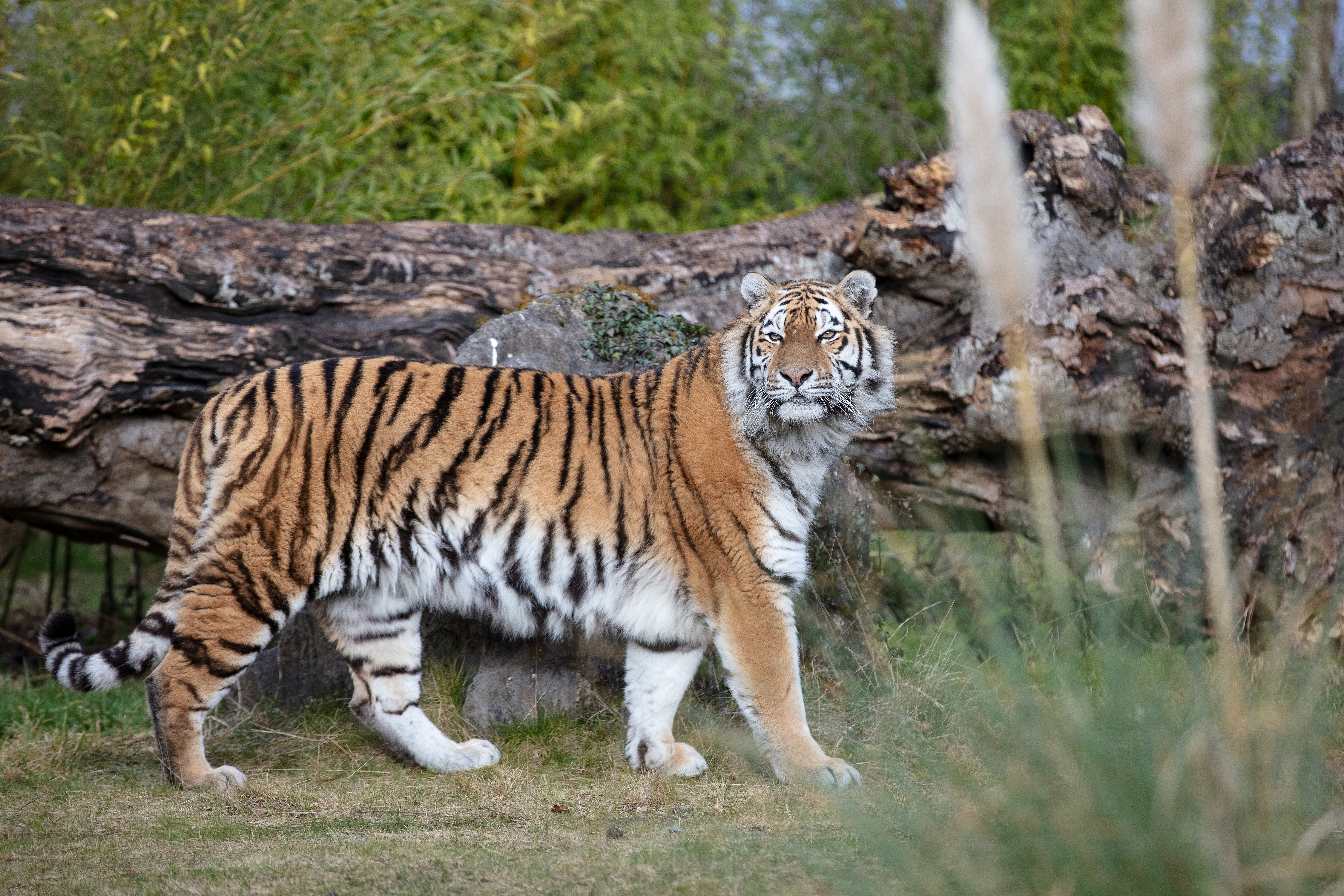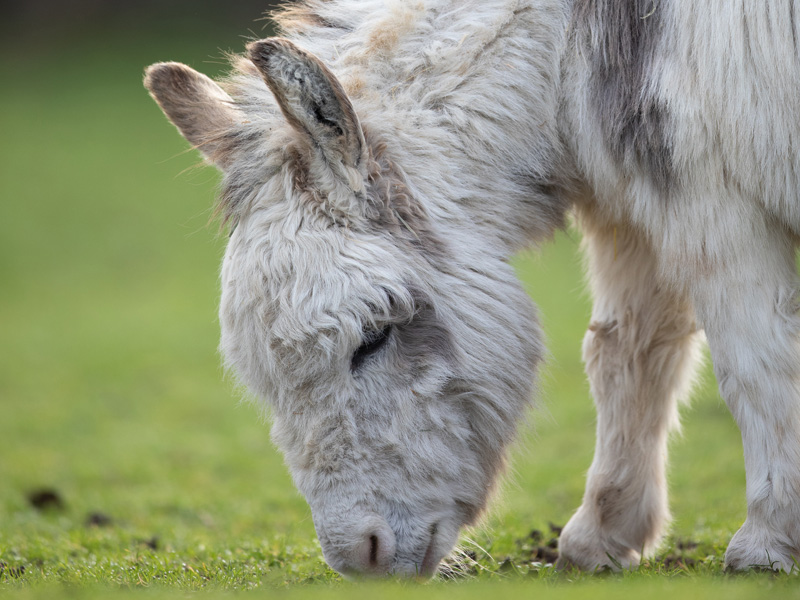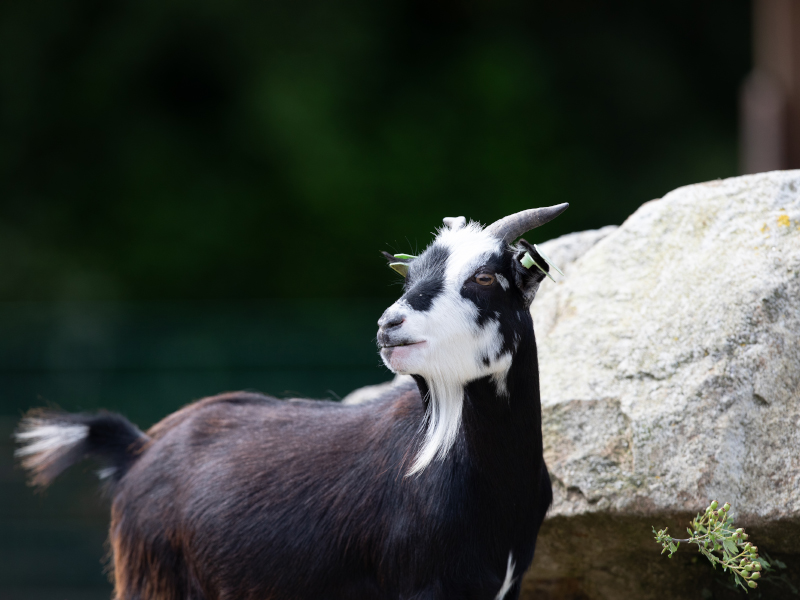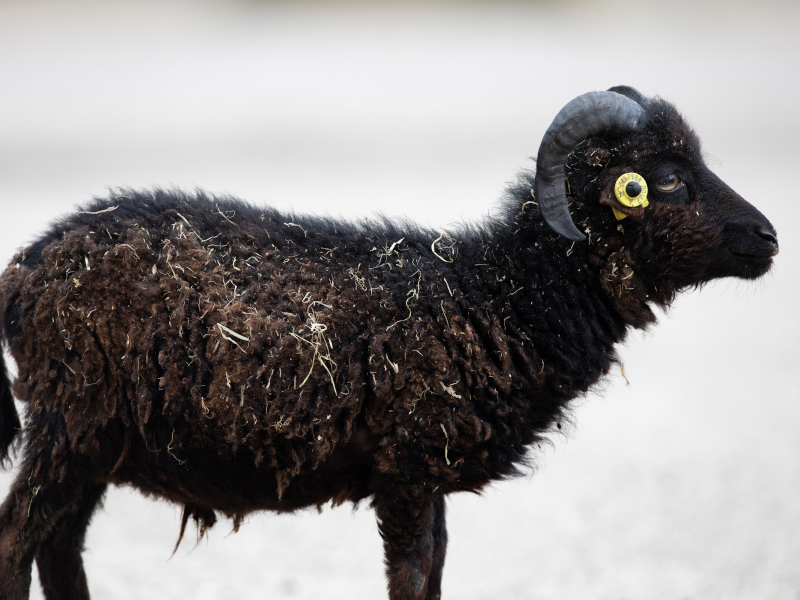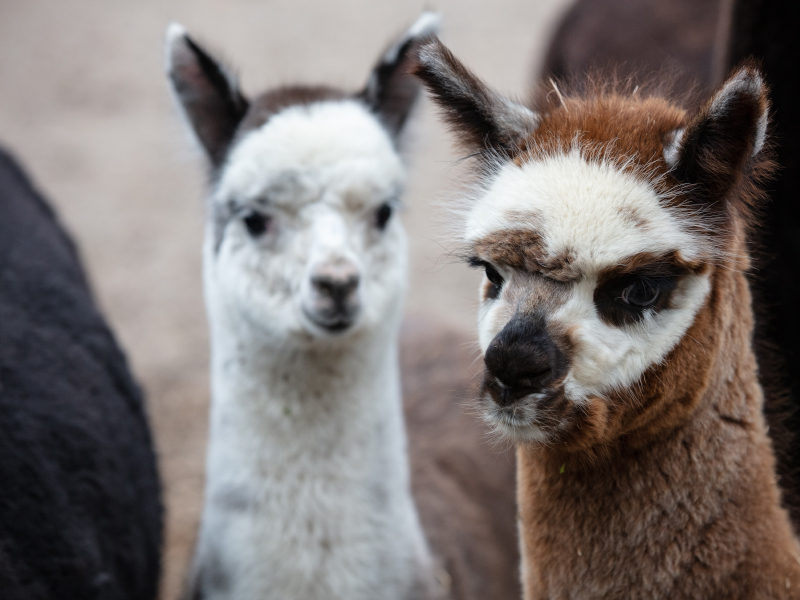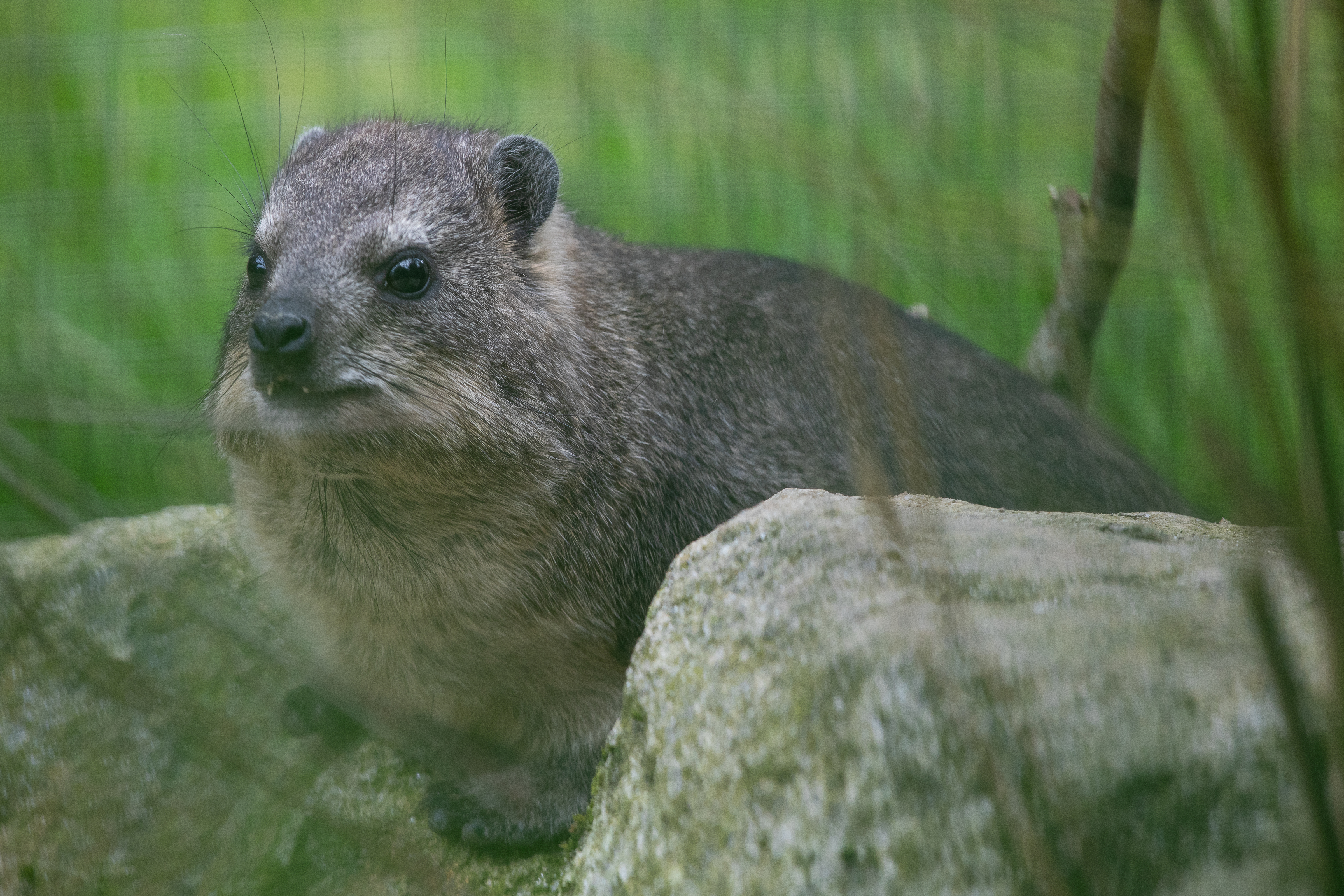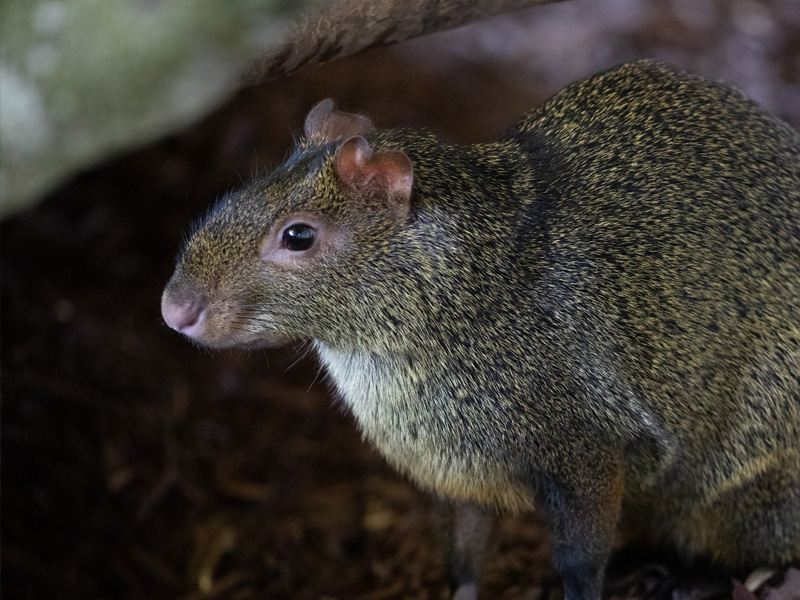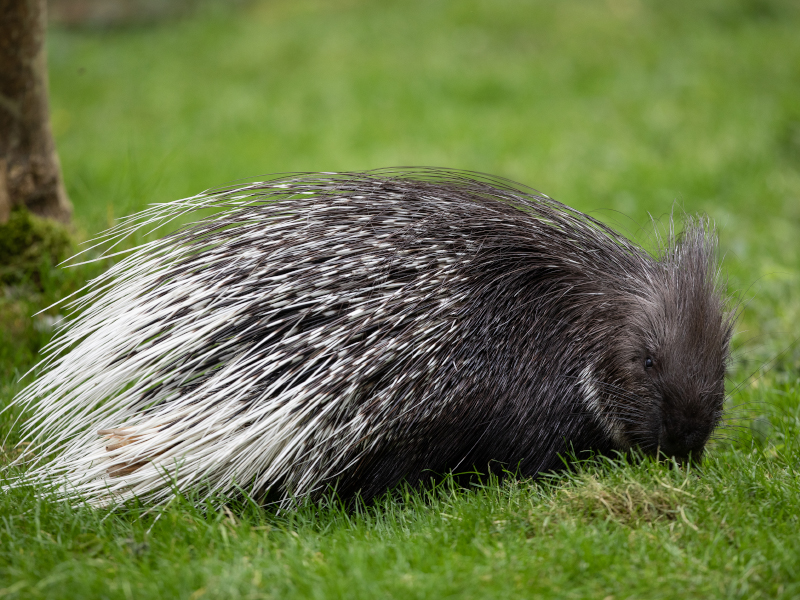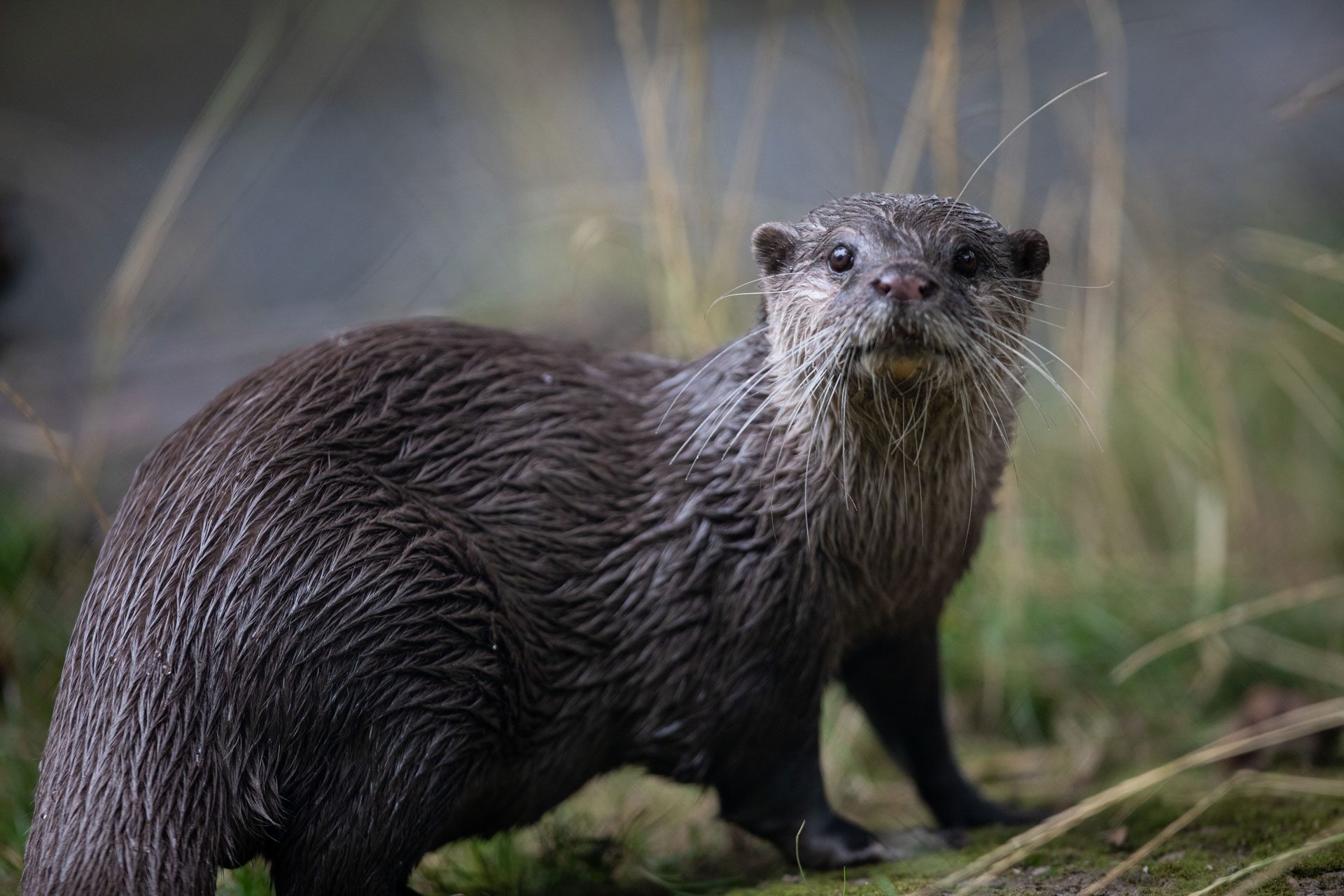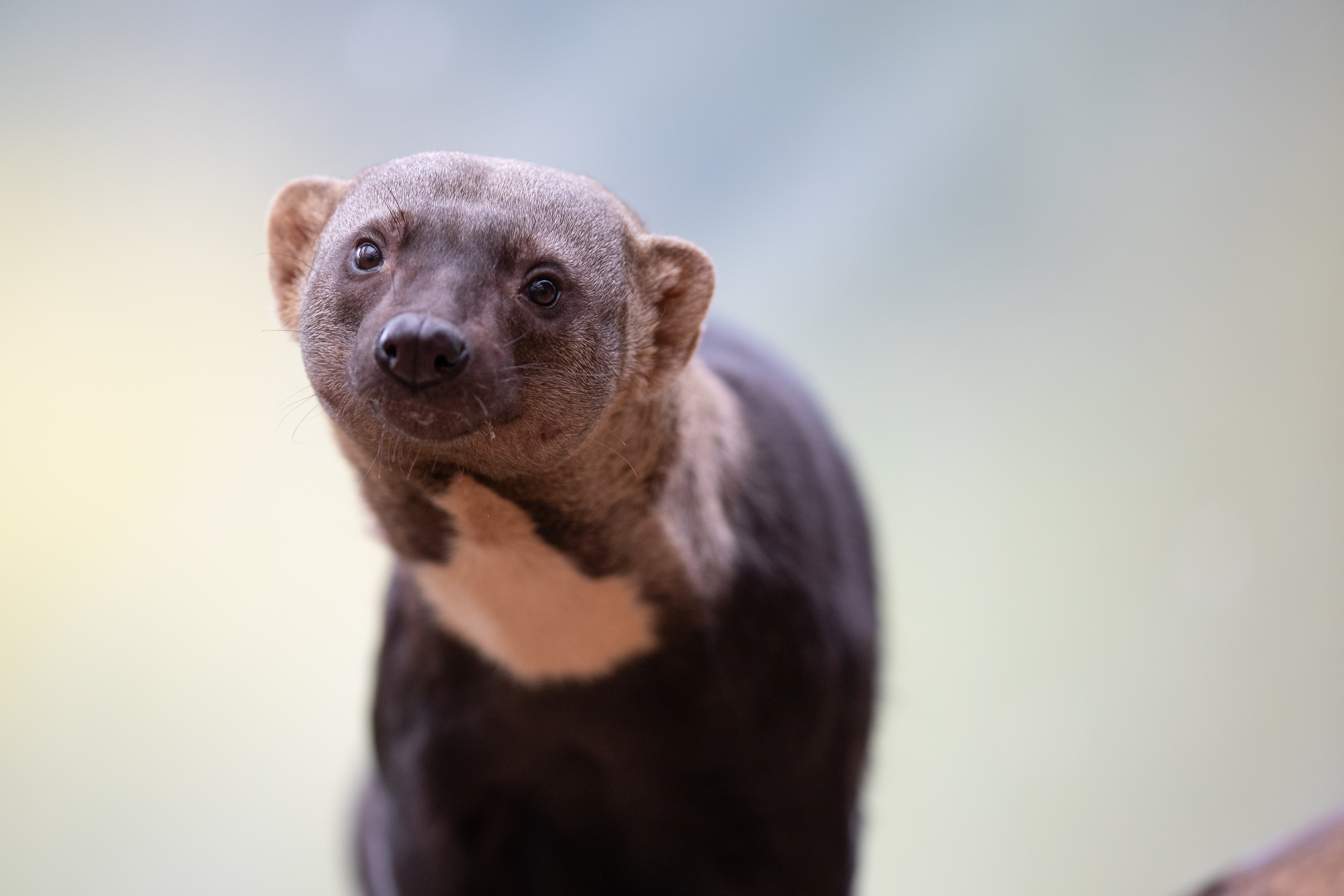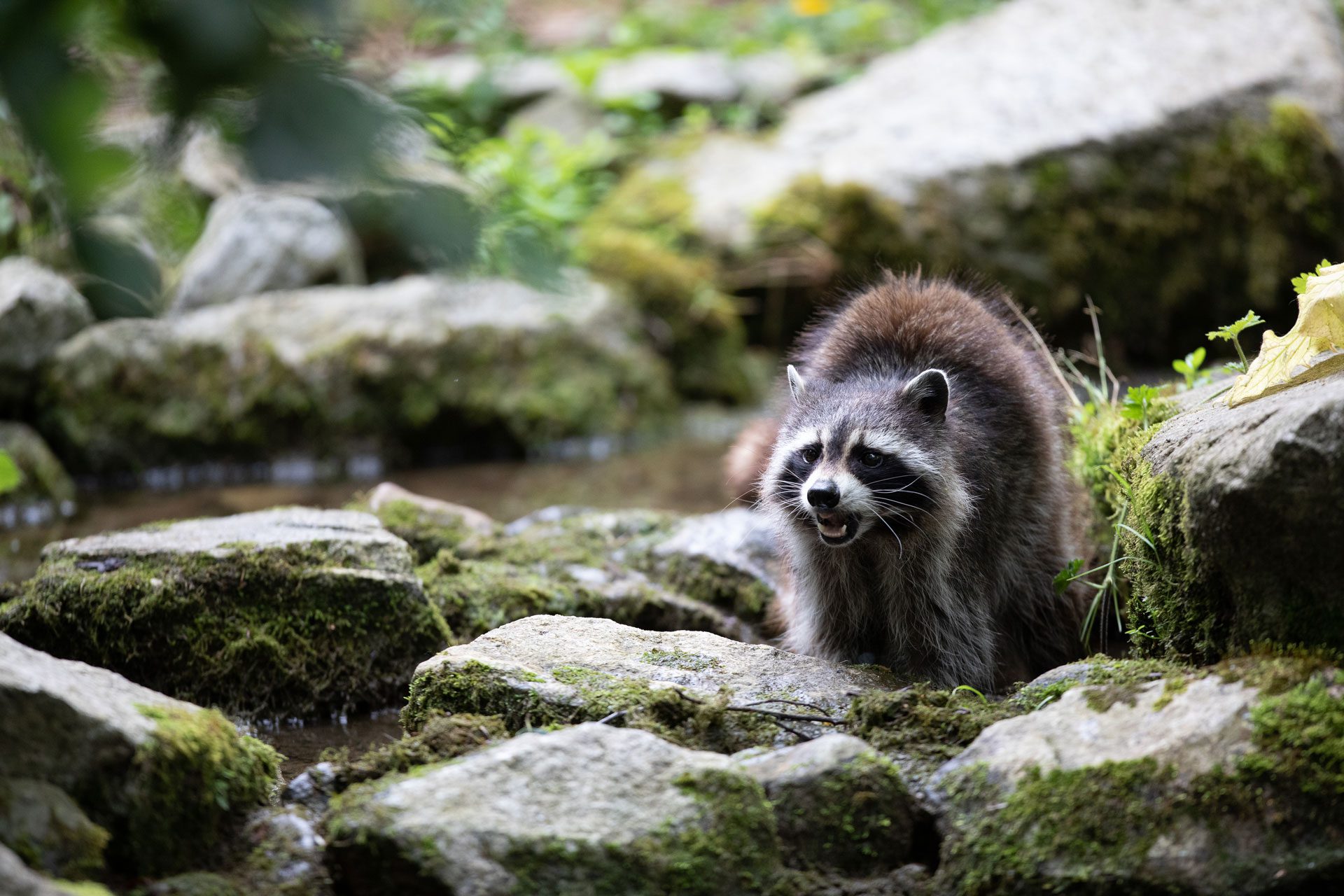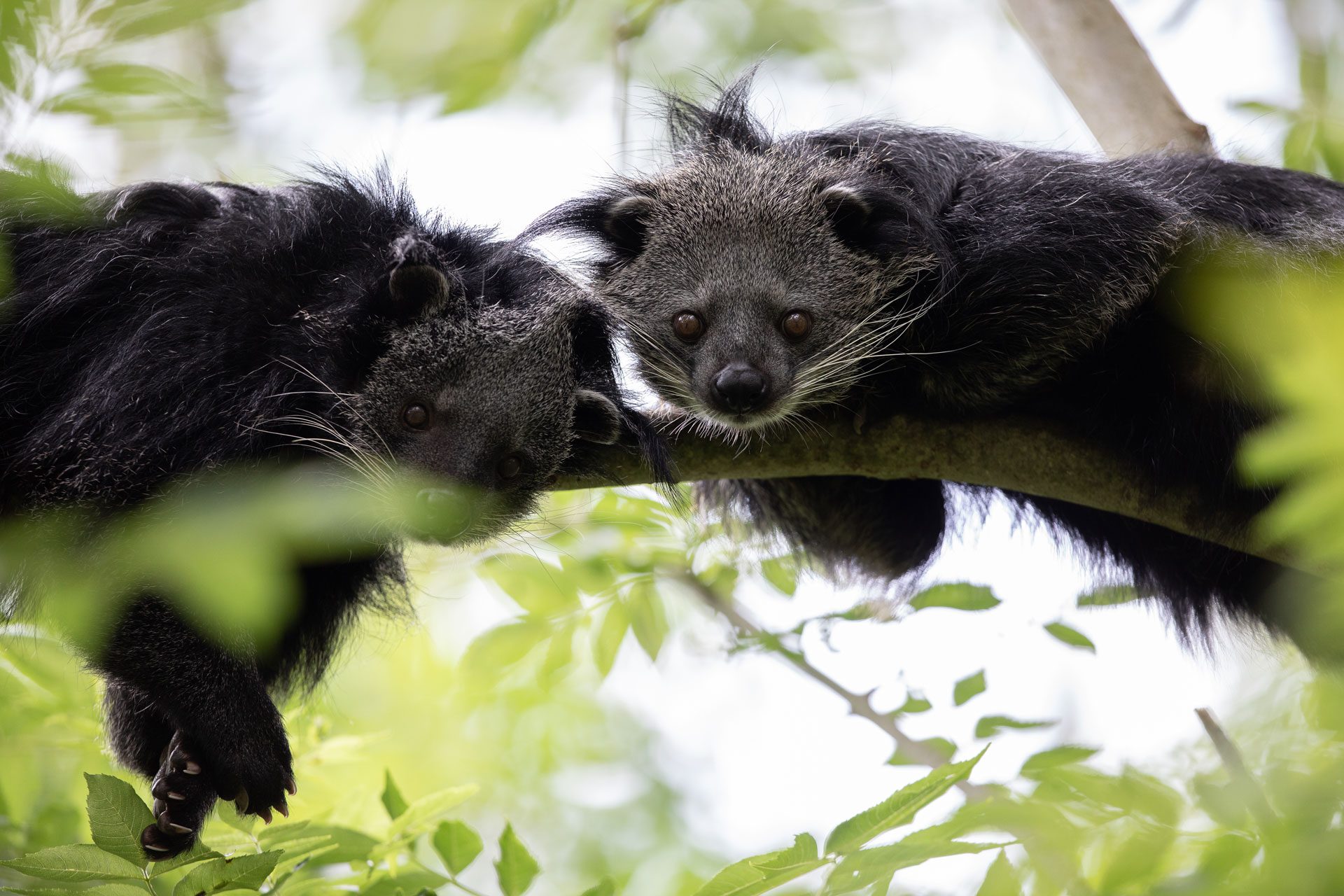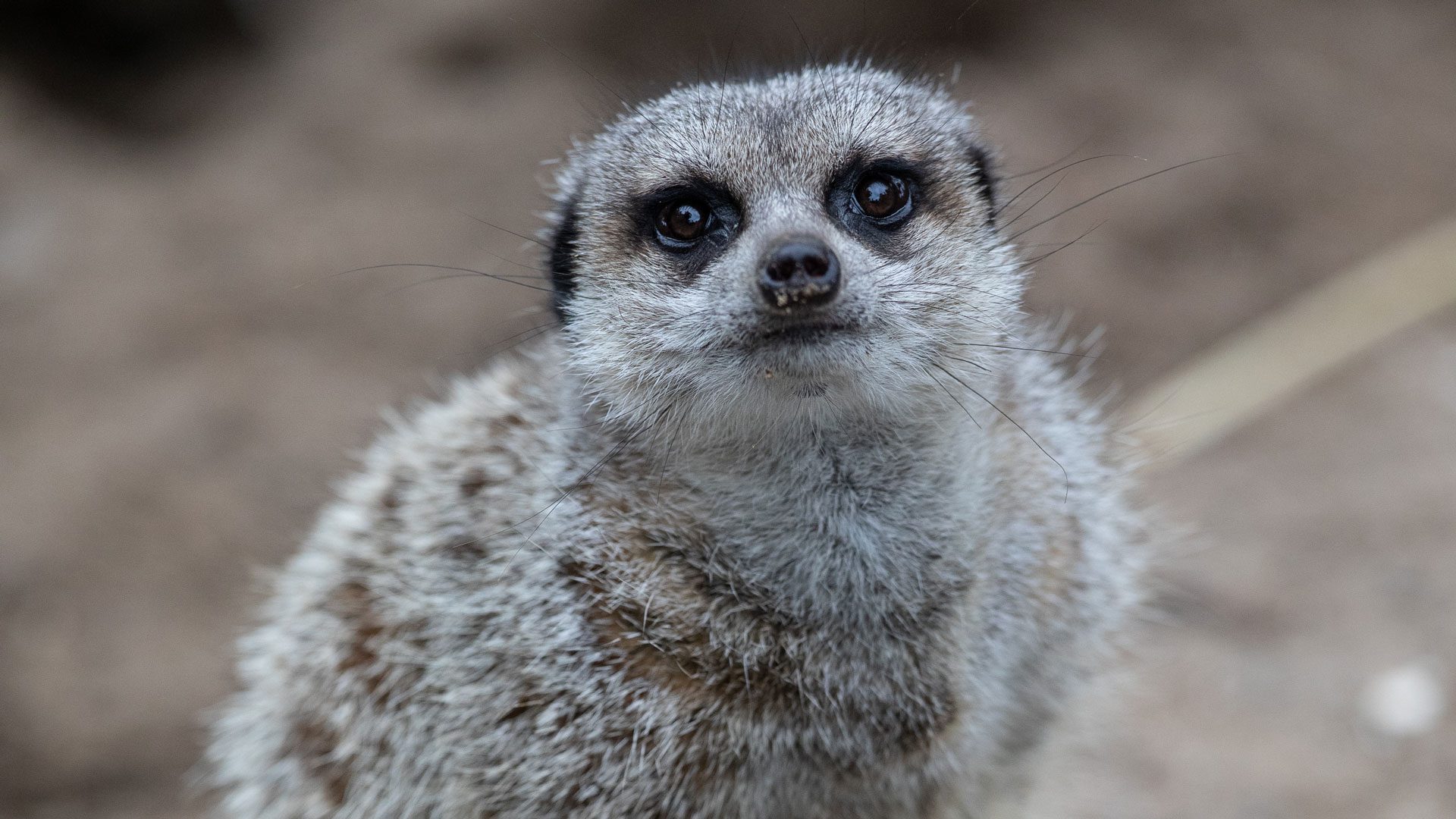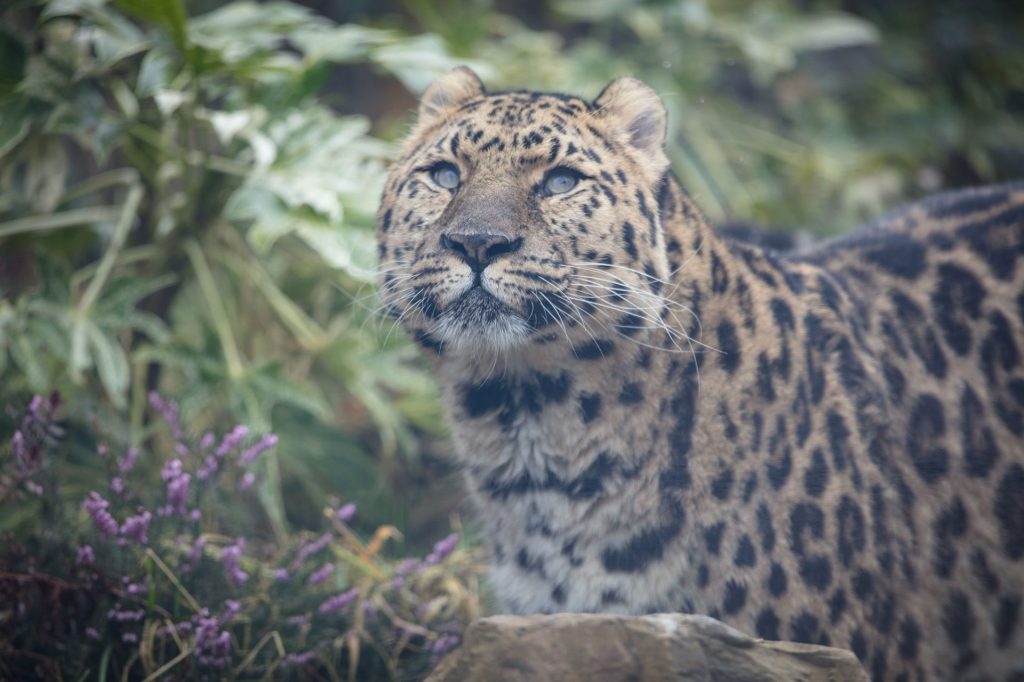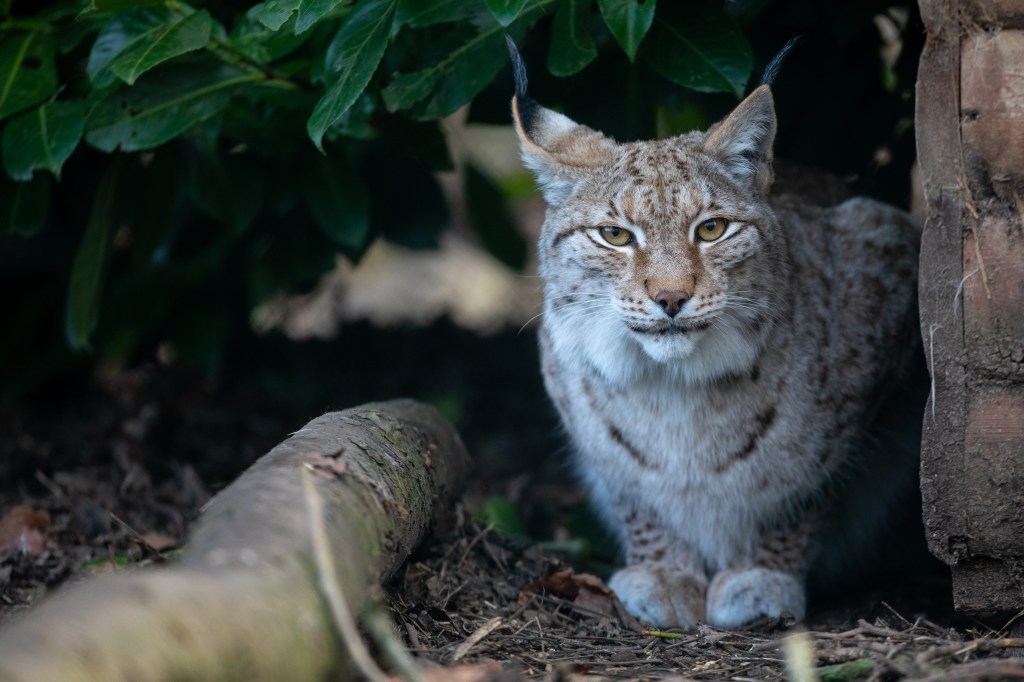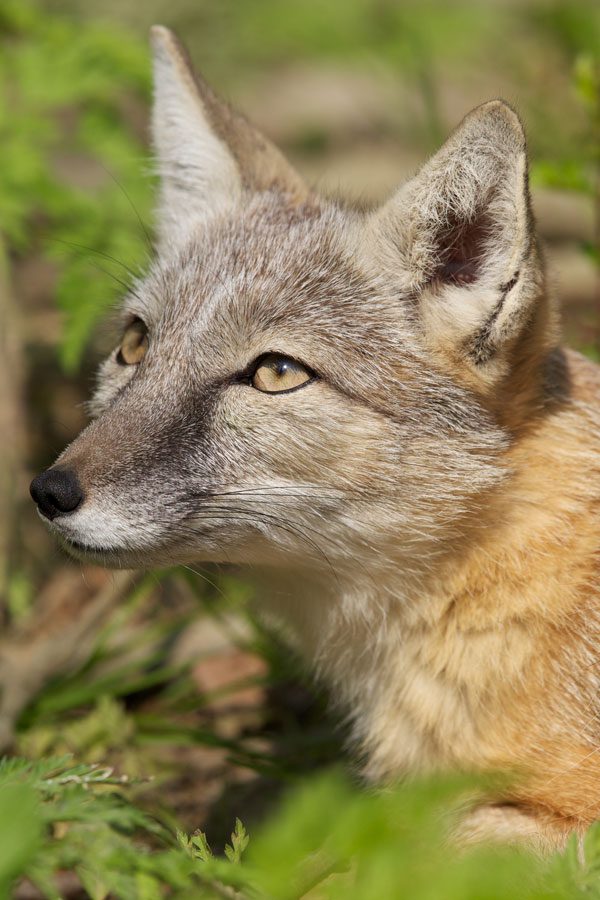Amur tigers are the largest of all tiger subspecies.
The Amur tiger, formally known as the Siberian tiger, are paler than other subspecies of tiger. They live in habitats that can get very cold and so they have ticker fur around their neck and paws to allow them to walk in the snow.
Amur tigers are most active at night and they will mark their territories by scratching trees and spraying urine.
They are solitary animals that will only come together to mate.
Amur tigers are ambush predators meaning that they will sit and wait for their prey to get close by before they make a kill. Their size allows them to take down large prey, like sika deer and wild boar.
Amur tigers are top predators in their habitat playing an important role in the regulation of prey species. This ensures a healthy balanced ecosystem in which they inhabit.

Popular Searches
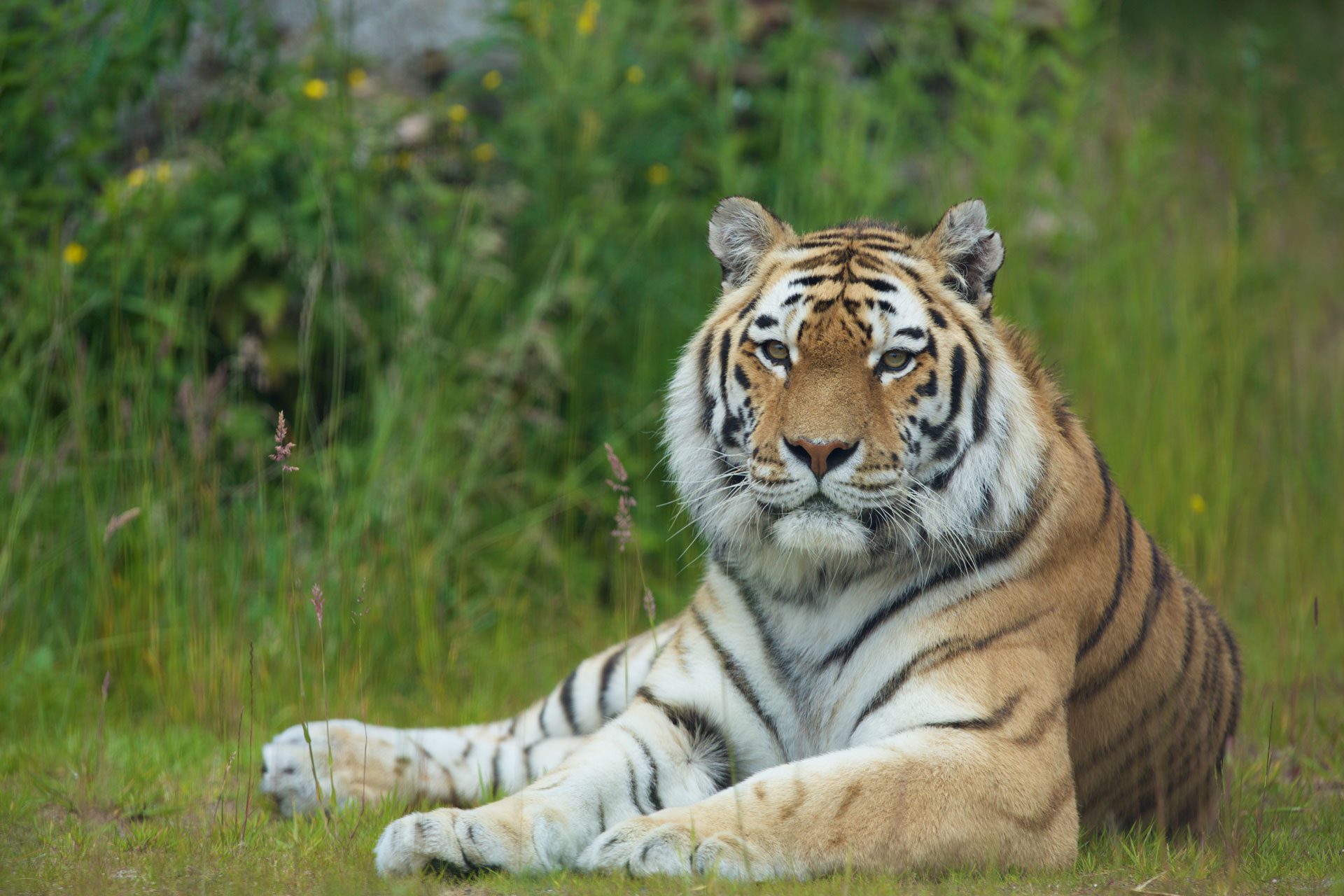
Amur tiger
-
Introduction
-
Conservation
Amur tigers are classified as endangered.
Amur tigers are threatened by wildlife poaching, disease, and habitat loss.
In the 1940’s Amur tigers were almost extinct, with less than 50 individuals remaining in the wild. Thanks to conservation efforts, there are now estimated to be ~550* individuals in the wild.
Conservation efforts include the banning the hunting of both tigers and their prey species by the Russian government, along with breeding programmes in zoo’s, increasing tiger populations suitable for reintroduction.
*2021 estimates
Emerald Park conservation contribution:
Wild Cats Conservation Alliance
Emerald Park has continued to support the Wildcats Conservation Alliance through funding that is needed to protect the critically endangered Amur leopard and endangered Amur tiger. To date, more than €50,000 has been donated to the conservation organisation, to aid in ‘Securing a Future for Amur leopards and Tigers in Russia’.
100% of funds, from Emerald Park, go directly to field work, supporting the project in several ways, including:
Reducing the poaching of Amur tigers, Amur leopards and their prey species and improve the protection of their habitat.
Improvement of law enforcement efforts within areas that are protected.
Raising awareness and involving the local people in nature conservation actions.
Wildlife Vets International
In the past, Emerald Park, has donated to Wildlife Vets international (WVI) who aid conservationist and local vets, around the world, to save endangered species. WVI have been involved in developing ways to mitigate the risk of Canine Distemper Virus (CDV) to wild animals, including Amur tigers.
EEP
Amur tigers are part of the EAZA Ex-situ Programme (EEP). This means that their population is managed to ensure that there are heathy individuals within EAZA member zoos should there be the requirement of reintroductions, to the wild, in the future. -
Habitat
Amur tigers can be found in the southwest primorye region in Russia’s far east and in north-eastern China. Males can defend territories of up to 40km2 partly due to the result of low densities of prey. They live in complex forests where they can make use of the dense cover by using camouflage to hunt their prey.
-
Fun Facts
A tigers stripes allow it to be camouflaged while stalking their prey. Each striped pattern is unique to each individual, just like our fingerprints.
Tigers will mate at any time during the year. Males and females will come together to mate but the male has no other parental involvement. Gestation takes approximately 3 and a half months before a litter of 1 to 5 cubs is born.



